- Home
- Articles
- Architectural Portfolio
- Architectral Presentation
- Inspirational Stories
- Architecture News
- Visualization
- BIM Industry
- Facade Design
- Parametric Design
- Career
- Landscape Architecture
- Construction
- Artificial Intelligence
- Sketching
- Design Softwares
- Diagrams
- Writing
- Architectural Tips
- Sustainability
- Courses
- Concept
- Technology
- History & Heritage
- Future of Architecture
- Guides & How-To
- Art & Culture
- Projects
- Interior Design
- Competitions
- Jobs
- Store
- Tools
- More
- Home
- Articles
- Architectural Portfolio
- Architectral Presentation
- Inspirational Stories
- Architecture News
- Visualization
- BIM Industry
- Facade Design
- Parametric Design
- Career
- Landscape Architecture
- Construction
- Artificial Intelligence
- Sketching
- Design Softwares
- Diagrams
- Writing
- Architectural Tips
- Sustainability
- Courses
- Concept
- Technology
- History & Heritage
- Future of Architecture
- Guides & How-To
- Art & Culture
- Projects
- Interior Design
- Competitions
- Jobs
- Store
- Tools
- More
The Revival of Chunky Fiber Crafts in Modern Interior Design
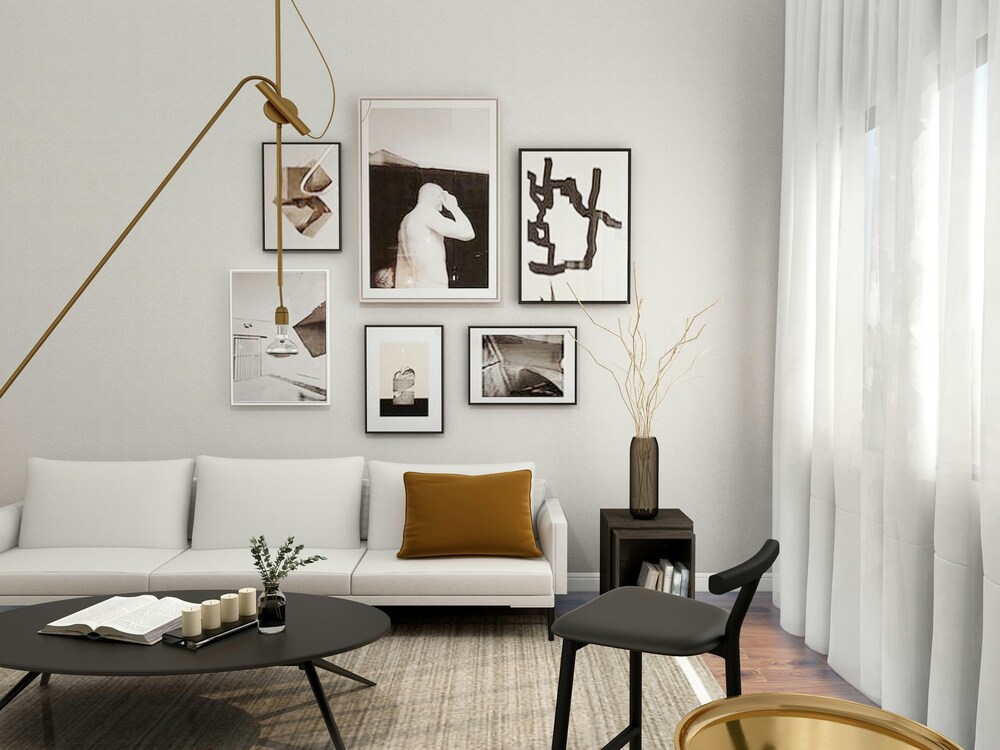
Contemporary interior architecture has shifted away from hard minimalism. After a decade of reductive design (smooth surfaces, sparse details, visual restraint), thick textiles have returned to residential and commercial spaces. This shift reflects a growing emphasis on material tactility and sensory comfort in contemporary spaces, especially as digital work and entertainment leave them craving physical, tactile experiences.
Table of Contents
ToggleMaterial properties driving spatial transformation
Super bulky weight yarns have become relevant materials in this shift. Projects using heavyweight yarns, such as Bernat yarns, demonstrate how substantial fibers function as architectural-scale materials. The gauge allows fast fabrication. Pieces finish in hours instead of weeks, making these materials practical for both commissioned artisans and in-house design teams. This efficiency has expanded who can introduce custom fiber elements into designed spaces.
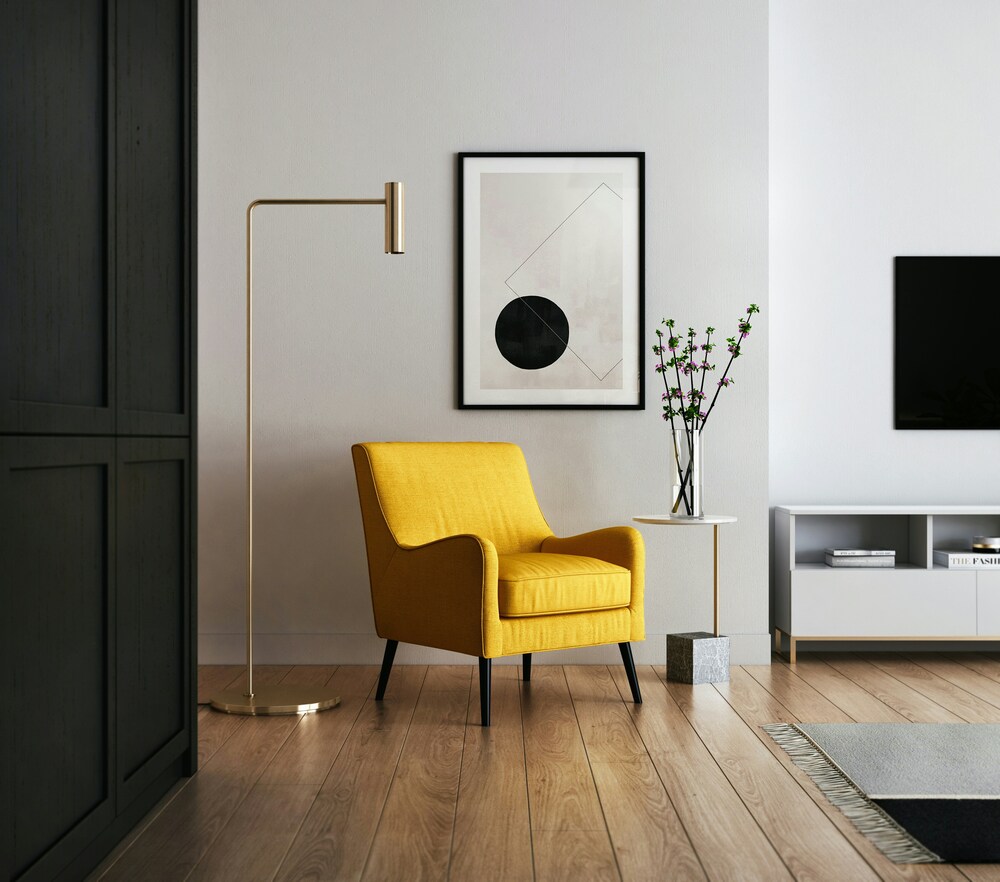
Technical efficiencies in large-scale textile work
The advantages go beyond speed. Chunky yarn projects need far fewer stitches for equivalent coverage, which reduces physical strain during fabrication. A throw blanket requiring months of work in thin yarn becomes a weekend project with bulky weight. Yet this speed doesn’t sacrifice quality. Well-executed chunky pieces last just as long as fine-gauge work while offering pronounced texture that changes how a space feels.
Integration strategies in contemporary interiors
Interior architects have identified where substantial textiles work best. The large stitch definition creates macro-texture that establishes visual rhythm across walls, furniture, and floors. Oversized knit poufs act as soft sculptures with programmatic flexibility across informal seating and soft sculptural elements. Chunky blankets add thermal comfort and atmospheric warmth without fighting established color schemes. Wall-mounted fiber pieces alter how light moves through a room during different times of day, adding temporal variation to otherwise static interiors.
Materiality and environmental performance
Handcrafted textiles last longer than mass-produced alternatives and keep material out of landfills. Natural fibers in premium yarns break down at end-of-life, unlike petroleum-based decor products that persist indefinitely. This environmental performance influences specification decisions, especially among emerging client groups who weigh ecological impact against aesthetic criteria in residential projects.
Infrastructure supporting craft integration
The craft supply sector has adapted to renewed interest in substantial textile work. Specialty retailers stock extensive inventories of super bulky yarns across diverse colors and fiber types. Online communities share technical knowledge (pattern development, tension control, and finishing methods for heavyweight materials). This distributed knowledge base lets fabricators produce custom pieces aligned with specific design requirements instead of settling for limited commercial options.
Optical behavior at an architectural scale
Color behaves differently at the macro scale. Large stitches create optical blending from a distance while keeping chromatic clarity up close. Variegated colorways that look too busy in thin yarn gain sophisticated depth in chunky applications. Solid neutrals that seem flat in fine gauges develop richness and dimension when worked in bulky weights. These optical properties give designers control over how textile elements fit within existing interior palettes.
Fabrication accessibility and specification considerations
The fabrication techniques remain straightforward relative to fine-gauge textile work. Basic knit and purl stitches, or simple crochet methods, produce visually impactful results at a large scale. The material thickness allows for efficient quality control during production, with inconsistencies easily identified and corrected. For design teams commissioning custom pieces, this translates to shorter lead times and more predictable outcomes compared to intricate fine-gauge specifications.
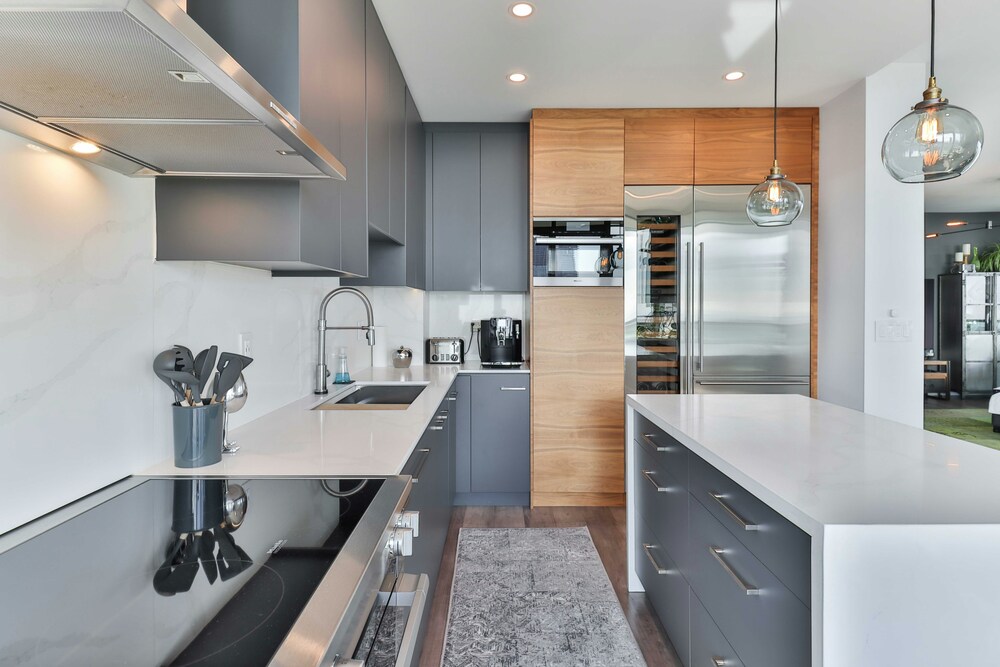
Market trajectory and professional relevance
Industry reports indicate continued growth in the American home decor sector, with handcrafted textile items taking a larger market share as consumers seek alternatives to industrial production. This pattern suggests fiber crafts will stay relevant in interior architecture conversations rather than fading like most design trends.
Material innovation and hybrid applications
Traditional craft methods meeting contemporary design have opened space for experimentation. Fiber artists mix natural and synthetic fibers for specific textures or performance characteristics. Some work incorporates metallic threads for subtle shine. Others blend silk with wool to balance luxury looks with practical durability. These hybrid materials expand what yarn crafts can do in residential and hospitality interiors.
Craft materiality in architectural practice
Chunky fiber projects offer an accessible way to add handmade elements to designed environments. Fast production, forgiving techniques, and strong spatial impact position these materials as practical choices for bringing craft into contemporary interiors. Whether used as accent pieces or larger installations, heavyweight yarns deliver creative expression and functional performance. They reintroduce haptic materiality and handcrafted processes into interior architecture, counterbalancing the increasing digital mediation of everyday environments.
illustrarch is your daily dose of architecture. Leading community designed for all lovers of illustration and #drawing.
Submit your architectural projects
Follow these steps for submission your project. Submission FormLatest Posts
BXB Studio’s Hybrid Interior: Redefining the Modern Architectural Workplace
The Warsaw headquarters of BXB Studio was established in a modest 70...
5 Must-Know Interior Design Trends in American Homes
From warm minimalism to bold oversized artwork, these five interior design trends...
How Open Kitchens Create a Sense of Space Indoors (Without Sacrificing Function)
Open kitchens: see how sightlines, lighting, and smart layouts make rooms feel...
What Have Been the Biggest Interior Design Trends of 2025 – And Are They Here to Stay?
Differentiating between timeless and fleeting designs? This talent is what separates great...


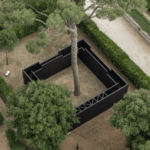





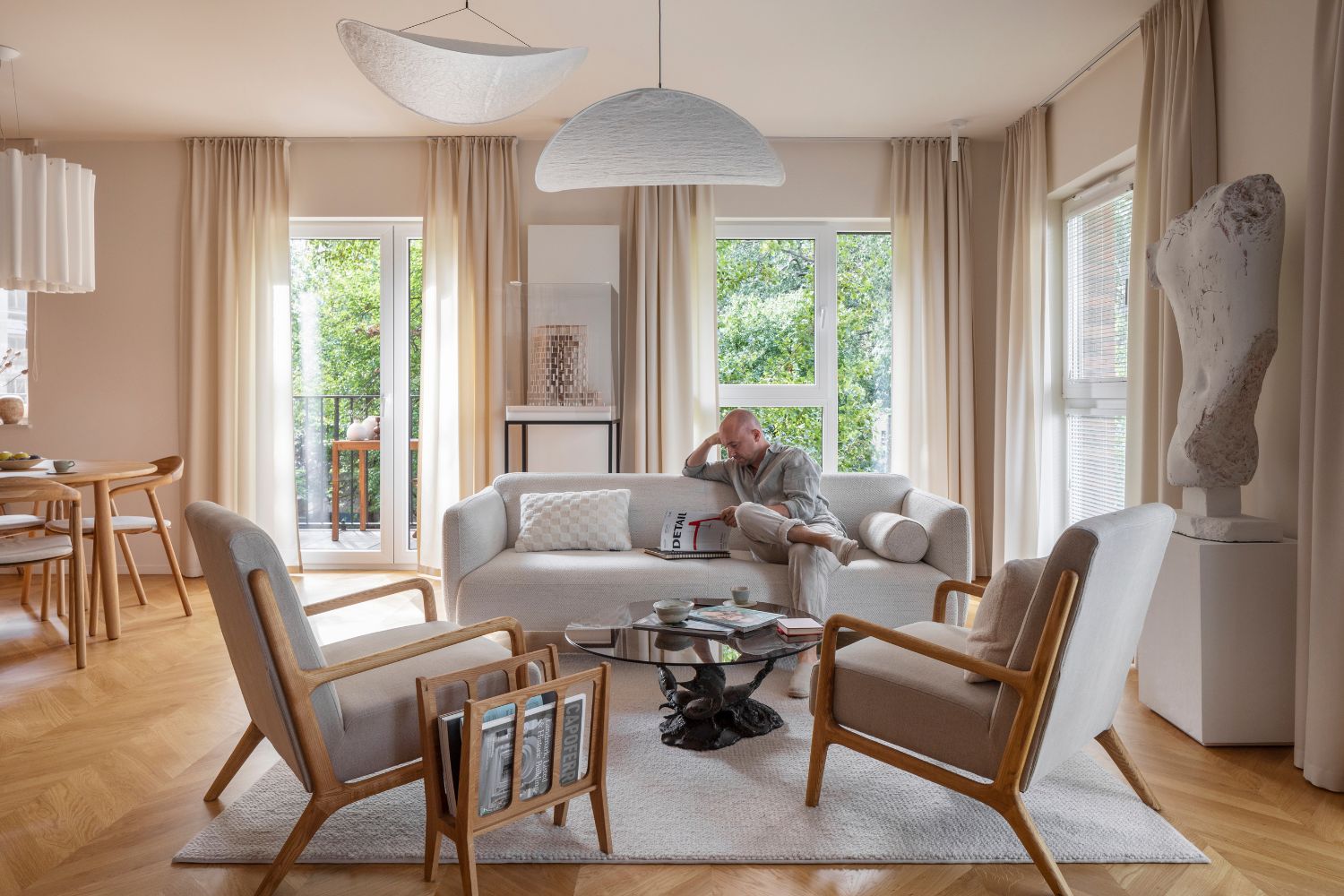

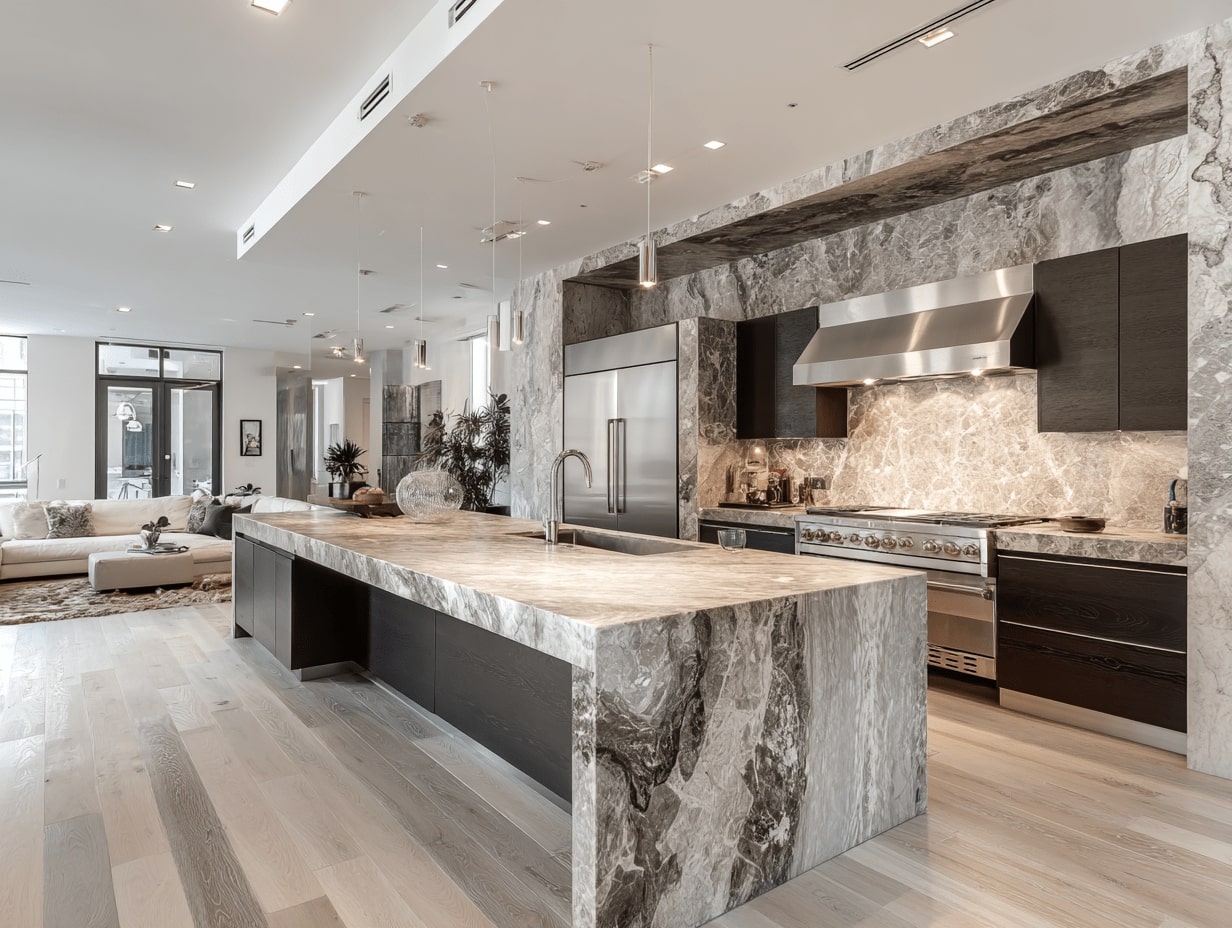

Leave a comment